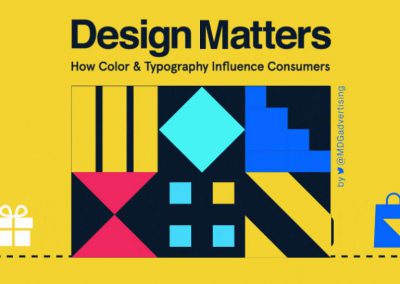It is easy to get excited about big data. After all, it’s lots of small pieces of data woven together into a patchwork that stretches our imaginative capacity. Just think, we’re creating more data every two days than was produced from the dawn of civilisation up to 2003 (or so Google’s Eric Schmidt claims). That means that every photo, status update, movie, podcast, purchase, share and any other form of interaction that we make on a digital forum – PLUS all the metadata of that interaction – is adding to a massive pool of data that sits like a great digital artesian basin underneath our digital experience.
The question about all this data, however, is what do we do with this big data? Sure we can mine it, connect internal and external data. We can use it for retargeting. Or forecasting. Or analysis. We can put it into charts and infographics and in doing so, add our own efforts to the big data explosion. But it feels like we are just scraping the surface. It feels like we are in our digital infancy when it comes to big data.
But there are a few companies who are innovating on the edge and taking a different approach. For these companies, big data is just a means to an end. The real value is not in the data but in the capacity to tell stories with that data. It’s the realm of big narratives – and it is as exciting as it is terrifying.
The team at Narrative Science have been focusing on machine learning and linguistics for some time. Their natural language generation platform takes big data and applies artificial intelligence to it in such a way that reports are not just visual but contextual. That is, there is the result and the reasoning all-in-one report.
I have written about QuillEngage previously, the platform that turns your Google Analytics data into a summarised report email. So I was interested to see what would come out of their new Twitter report.

Based on an analysis of my Twitter traffic and the traffic of my recent followers, Quill examined around 13,000 tweets to produce the report. Most interesting to me was the analysis of my own tweets and the topics that “my community” engage in. While my follower numbers and ratio put me in the “99th percentile of Twitter users measured by followers”, the report provides little in terms of suggestions for growth / improvement. But it does confirm what I suspected. And in most cases, that’s how many marketers are using big data at present – as a sense check. A validation.
But as technologies like this get better, more automated and programmatic, there’ll be less sense checking. Less validation. And more action. It’s just that that action won’t be taken by you or I.





